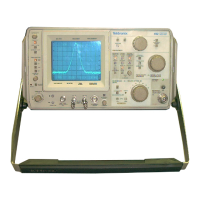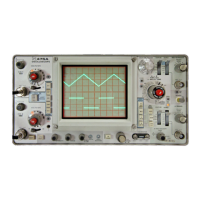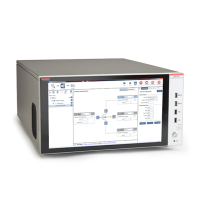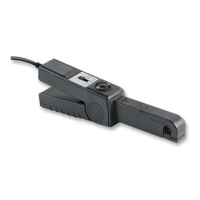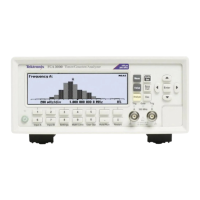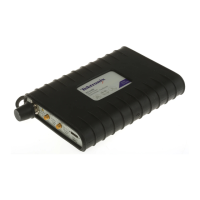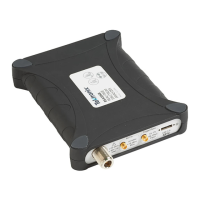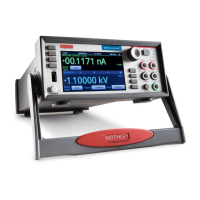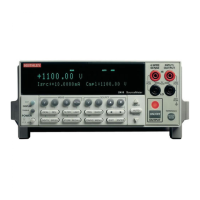TABLE 5-7
Suggested Signal
Sensitivity (50 W source)
Generator
Equal to or better than
Dial Accuracy
(Refer to equipment list)
Frequency
Band
100 kHz
1 kHz
Check Frequency
Hewlett-Packard
10 MHz
1
Model 608D
140
-80 dBm
-100 dBm
Every 10 MHz
275
275
400
Hewlett-Packard
900
2
-90 dBm
-110 dBm
Every 100 MHz
Model 612A
850
Hewlett-Packard
1.5 GHz
3
-85 dBm
-105 dBm
Every 500 MHz
Model 8614A
2.0
1.5
Hewlett-Packard
2.5
4
1
-90 dBm
-110 dBm Every 1.0 GHz
Model 8616A
4.0
4.0
Polarad
6.0 5
2
-80 dBm
-100 dBm
Type 1107
8.0
Polarad
8.0
Type 1108
10.0
6
1
–75 dBm –95 dBm
Hewlett-Packard
12.0
Model 626A
12.4
15.0
7
2
–70 dBm
-90 dBm
Hewlett-Packard 18.0
Model 628A
18.0
Hewlett-Packard
25.0
8
2
-60 dBm
-80 dBm
Model 938
Hewlett-Packard
26.5
Model 940 40.0 8
2
–50 dBm
–70 dBm
1
Sensitivity is specified at the mixer input. Insertion loss through the cable, at the higher (GHz) frequency range, will become significant. Fig.
6-45 is a graph that shows the approximate loss in dB for a 6 foot coaxial cable.
2
When checking the sensitivity of scales 7 and 8, apply the source signal to the Waveguide Mixer, then connect the Waveguide Mixer to the
Mixer Adapter through the 2 foot cable with TNC connections.
25. Check Amplitude of Spurious Signals from
Internal Sources
Requirement-With the DISPERSION RANGE at kHz/DIV
for band A, spurious signals must not exceed 2 times noise
amplitude. With DISPERSION RANGE at MHz/DIV for
bands B and C, spurious signals should be down more than
-40 dB with 100 kHz resolution.
b. Connect a 50 W termination on band A RF INPUT
connector and switch the band selector to band A.
c. Set the DISPERSION RANGE to kHz/DIV, the DISPER-
SION to 500 kHz/div and the RESOLUTION control fully
clockwise.
d. Adjust the GAIN control for an average noise ampli-
tude of 1 division then tune the RF CENTER FREQUENCY
control across the entire band checking that spurious signals
do not exceed 2 divisions in amplitude.
(2× average noise
level.)
e. Move the 50 Ω termination to band B RF INPUT con-
nector and switch the band selector to band B. Change the
DISPERSION RANGE to MHz/DIV and the DISPERSION to
10 MHz/div.
f. Adjust the GAIN control for an average noise level of
1 division, then tune across the entire band, checking for
spurious signals greater than 2 divisions in amplitude.
g. Move the 50 Ω termination to band C RF INPUT con-
nector. Change the band selector to band C.
h. Measure band C for spurious signals as above.
This concludes the performance check for the Type 491.
If the instrument has met all checks it is ready to operate and
will perform to specifications listed in Section 1.
5-13

